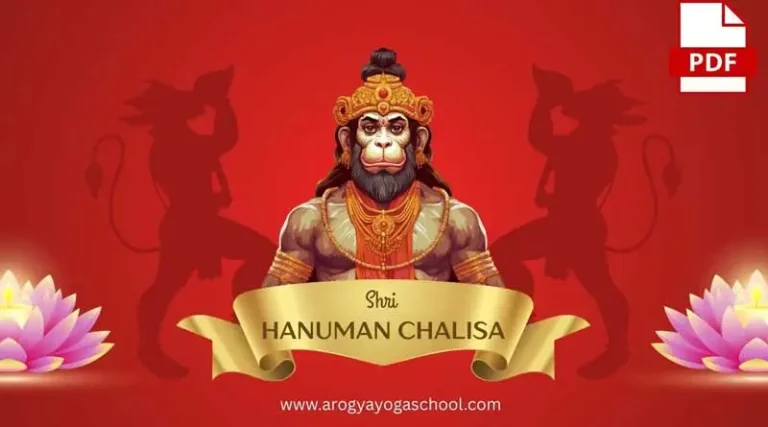
Panca Maha Bhutas – Five Elements of Nature.
Panca Mahabhuta- five elements are found in Vedas
Five Elements of Nature. five elements provide the foundation for the entire physical world. Ayurveda recognizes these elements–Space, Air, Fire, Water, and Earth—as the building blocks of all material existence.
The Panca Bhutas are also called Panca – Tattvas and it will help us to understand the nature of the Panca Bhutas if we have a clear idea with regard to the meaning of the word Tattva. The word tattva as used in the Indian philosophical systems is one of great and subtle significance. Literally, it means ‘that – ness’. The essential quality of a thing which distinguishes it from all other things constitute it’s that – ness and so the word tattva stands for the essential qualities which are embodied in the different measures in different things. Instead of a quality, a Tattva may also means principle which is embodied in a number of things in different degrees which acquire on this account a sameness of nature in certain matters though differing in degree and mode expression. Tattva may also refer to a function and that –ness in this case may consist in a group of things having a common function. But this must be a particular function common to a number of things though differing in degree and manner expression.
It will be seen therefore that Tattva is a word of very comprehensive meaning and cannot be translated by any single word in English. Its significance is based really upon the fundamental doctrine of Indian philosophy according to which the manifested universe is an emanation of an ultimate reality, which pervades and energies it all the time, everywhere. When the manifested universe comes into being there must be underlying it a vast number of principles, functions, law etc. which serve as the foundation for the ever changing phenomena which constitute the world process.
Panca Bhutas five great elements:
The Panca Bhutas are five of these innumerable Tattvas which have a special function in the manifested Universe, that of relating matter with consciousness. The translation of the word Bhutas as elements, in the sense in which the word element was used for merely (earth, water, air, etc.) has been a great mistake, reducing the whole conception behind this word to an absurd and incomprehensive dogma. The identification of the Panca – Bhutas with states of matter (solid, liquid, gaseous, etc.) again does not give a correct idea about them though it is certainly an improvement on the previous interpretation. It is not possible to deal at length with the philosophy of the Panca Bhutas here but the essential idea behind this doctrine of Indian philosophy may be put in a nutshell as follows.
The external world is cognized through our five sense organs.
We can know the things which exist outside us only as they affect our sense organs. Now, the things around us have innumerable qualities which are shared by them in different degrees and manners. The seers who dived through the practice of yoga into the inner and essential nature of all things and whose main objective was to unravel the innermost mystery of life adopted a perfectly scientific and yet very simple method of classifying these qualities. This consisted in dividing them into five groups according as they affected our five senses.
All the multitudinous qualities through which all objects of the external world are cognized are classified under five heads and these five modes in which all things affect the mind through the five sense organs are called Panca Bhutas or Panca Tattvas. Thus tejas is that all inclusive quality which in one way or another affects the retina of the eye. Akasa is that quality which affects the ear and so on.
What more scientific and yet simple classification of qualities could be devised in order to meet requirements of those who have realized the illusory nature of sensuous perception and are bent on discovering the reality which is hidden behind the phenomenal world? Our theories of matter may change in any way but the essential manner of cognizing objects in the external world cannot change and therefore this method of classification is independent of all theories and discoveries which may come in the future development of scientific knowledge. Those who are in touch with the scientific advancement in this field know how the discoveries of one generation upset the theories of a previous generation and a classification based upon these passing theories and discoveries would always be subject to modification or complete change. But the simple method based on the conception of Panca Bhutas will stand unshaken and unaffected amidst all the cataclysmic change of scientific theories.
Yogic philosophy integrates into one comprehensive whole all aspects of manifestation – matter, mind, and consciousness because it has discovered by its special methods that these are intimately related to one another. It will be seen that the Panca Bhutas by their peculiar action affect the senses which then transmute the purely physical vibrations into sensations. The sensations are the raw material from which the mind elaborates the world of ideas by a process of integration, reproduction and rearrangement of the component images. The mind according to yogic psychology is inert and it is the illumination of the intellect which imparts to the mechanical work of the mind the element of intelligent understanding. It is true that the Bhutas are not elements but principles. Since these principles find expression through the medium of matter and energies.





